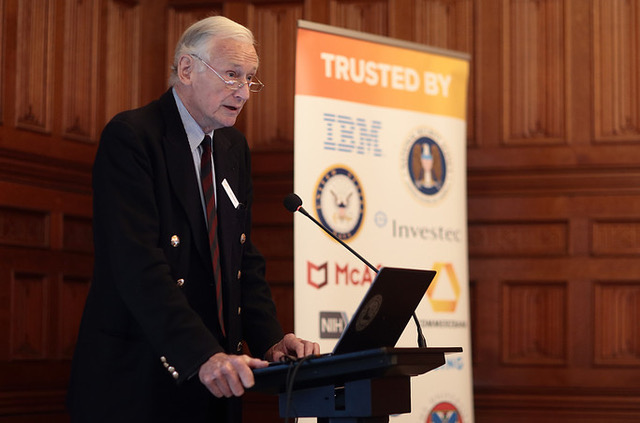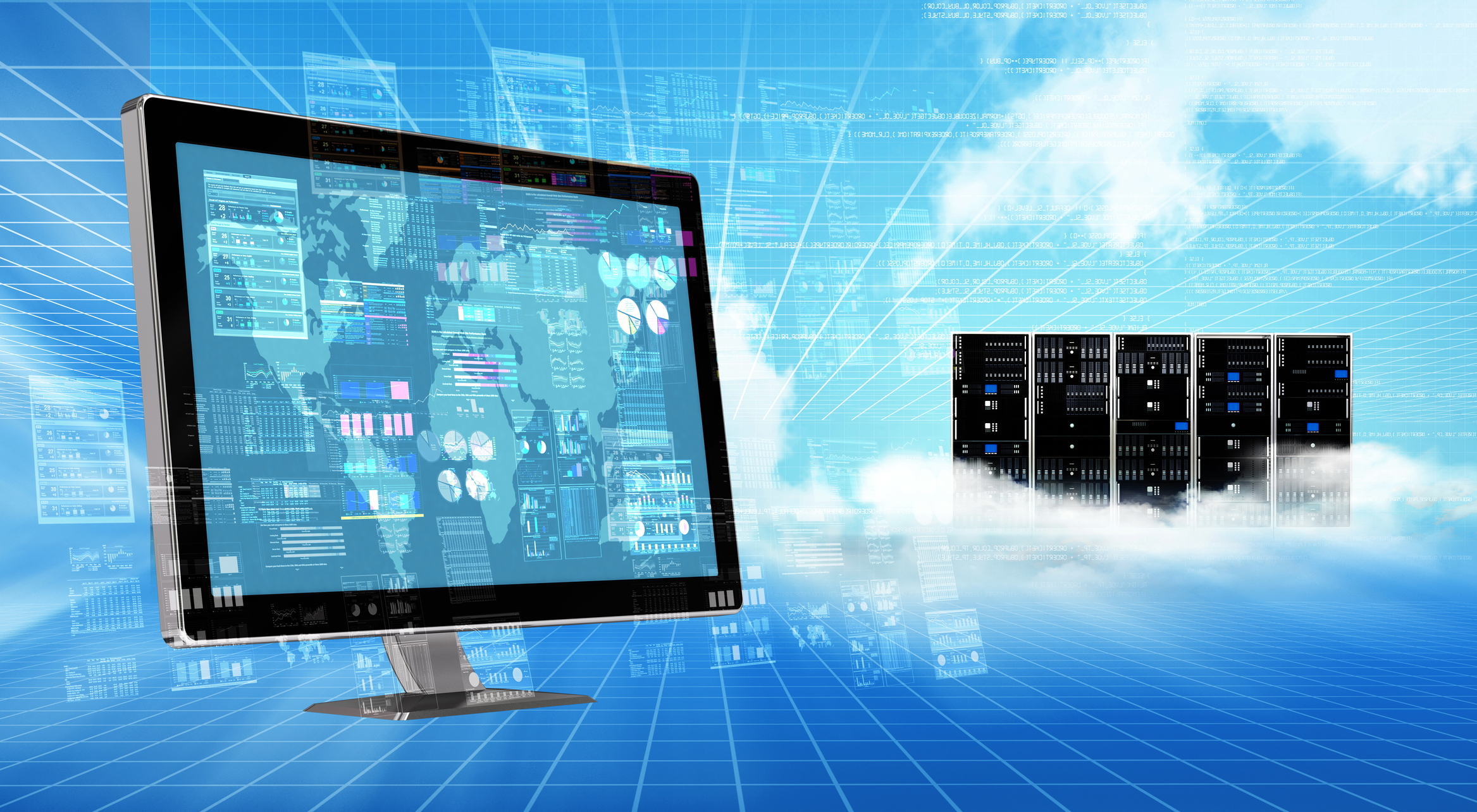David Trossell, CEO and CTO of Bridgeworks speaks to Computing Security Magazine about the benefits of WAN Acceleration in edge computing.

September 6, 2022
The effects of the pandemic over the past couple of years has hastened the move towards digital transformation of many companies – and to the cloud in many cases. Organisations concerned for the safety of their personnel and what shape organisations will look like in the future, moved from a traditional capital expenditure (CapEx) model, to a work-from-home and operational expenditure- (OpEx) based SAAS model. At the same time, there is a push for Internet of Things (IoT) devices to monitor and manage many aspects of our daily lives.
Asynchronous IoT devices only monitor and report. Many of them are semi-synchronous, meaning that they not only monitor, but they also manage resolutions. However, they are not time critical. Then there are the IoT devices that offer fully synchronous monitoring, and which enact resolutions immediately. Typically, these IoT devices use the cloud for reporting back to a central collection and decision point. However, we are seeing more sophisticated IoT applications that are latency-sensitive and require considerably more computing resources. To support the time-sensitive aspect, many have added an intermediate computing node between the IoT device and the central cloud compute and storage node. This can be on premise of a locally-managed service provider.
Capturing Digital Transformation
Laura LaBerge, a director at McKinsey & Company of capabilities for digital strategy; Kate Smaje, a senior partner; and Rodney Zemmel, a senior partner at the firm, write in their analysis of a survey entitled, “Three new mandates for capturing a digital transformation’s full value”:
“As organisations continue to navigate an era of massive uncertainty and disruption, digital tech is an increasingly critical differentiator of both strategy and performance. The actions of today’s best-performing companies reflect that fact. For all other companies, three lessons emerge: use digital tech to achieve strategic differentiation on customer engagement and innovation; build proprietary assets, such as software, data and AI, then combine them with a scalable, cloud-based architecture to create a strategic advantage; and focus the quest for digital talent on C-suite and other executives, given the talent integration challenges that many companies continue to face.”
They add: “While many of the traditional challenges to digital transformation remain, three new factors have emerged as critical to capturing value from them today—and going forward:
- The use of digital tech to achieve strategic differentiation on customer engagement and innovation, rather than cost efficiencies—and bolder digital strategies that are more likely to be successful than more incremental ones.
- The development of proprietary assets, such as AI, data and software, rather than a reliance on off-the-shelf tools.
- A focus on attracting and developing tech-savvy executives and on better overall integration of tech talent into the organisation, rather than just getting new tech talent in the door.”
Growing use of edge computing
Part of the digital transformation equation – particularly with the rise of the Internet of Things – is the growing use of edge computing. Beth Stackpole, Contributing Editor of Automation World, writes about this in her article, ‘Pandemic Accelerates Edge-to-Cloud Digital Transformation’ for the Dec 2021 edition.
She elaborates: “According to Automation World’s 2021 Cloud & Edge survey, 62% of companies are currently leveraging cloud technologies as part of their digital transformation roadmaps—a significant bump over the 51% reported in a similar 2019 Automation World survey. Adoption of edge and fog computing technologies have also surged since the pre-pandemic research: This year’s survey saw edge computing deployments jump to 55% of responding companies, compared to 43% in the prior survey; fog computing’s growth was less substantial, expanding into a quarter of companies surveyed compared to 20% in 2019.”
Edge concerns remain
While the pandemic has certainly led to a growth in edge and fog computing, as with digital transformation itself, some concerns remain. With edge computing, there is an increased number of attack points open to cyber-attacks. Also, the distance from the IoT devices creates limitations, and so there is a need to put computing power into the edge computing environment because of latency. Nevertheless, much still depends on where the ‘edge’ is, and it very much depends on the communications infrastructure. That aside, with more storage and compute capacity at the edge, organisations can implement AI functionality, further reducing the workload at the central cloud compute node.
With latency being a concern, to what extent does edge computing rely on artificial intelligence and machine learning to boost WAN performance? Well, for example, the pandemic has reshaped the way in which we now consume entertainment. There has been a massive transition from free to air television, cable TV and cinema to streaming services over the internet directly to the home.
At present, autonomous vehicles are also nascent, and their foretold prediction is coming to fruition. Whilst streaming services are a big consumer of bandwidth, the individual data volume and speeds are not that great. It’s the new high-volume applications that are causing problems in transmission times both to and from the edge. Even with edge undertaking data validation, there are massive amounts of data involved with each connected and autonomous vehicle.
Traditional methods using compression and deduplication techniques will struggle to move this data between and across clouds – with their inherent latency issues, as well as requiring heavy compute capabilities. The only option that can move this volume of data with low compute overheads is WAN optimisation that uses AI the manage the data flow. However, it isn’t capable of transferring encrypted data, nor does it completely fulfil its promise in terms of improving WAN performance.
WAN Acceleration boost
WAN Acceleration is, therefore, the answer, and it’s needed where you have a lot of data – including where there is a certain amount of edge computation that needs to go back to a central location. That data includes what is received and transmitted to and from connected and autonomous vehicles, road and smart city infrastructure.
There are two key factors that affect data transmission over long distances – latency and packet loss. Bandwidth is a factor as well, but past 10-15ms of latency. So, adding more bandwidth has little effect on data throughput. WAN-Optimisation, which uses dedupe technology, is a great system if you are transmitting data that you have already seen (warm data), and when you have compressible data streams.
If the data is “new” (cold data), then the process is typically slow. Every byte sequence has to be inspected. With cloud data that is transmitted over the internet, encryption is a must. If the data is already encrypted, WAN optimisation can only optimise the data if it has the keys – it first has to decrypt, optimise and re encrypt before it can transmit the data. Storage and power means it requires a larger edge node and therefore can increase costs.
WAN optimisation and compression manipulate the data. WAN-Acceleration approaches the issue from a different angle: The only way to reduce latency is to move the two nodes physically closer together. So, rather than manipulate the data, it manages the data flow across the connection to mitigate the effects of latency and packet loss by using parallel data streams across the network managed by AI. Utilisation and, therefore, throughput, is 90%+ of the network bandwidth.
As the data is not manipulated in any way, the process is data agnostic and means there is no need to provide keys. WAN Acceleration is data agnostic and can transmit encrypted data. So, the transmission rate is the same as every other data type. Companies looking to deploy digital transformation, edge computing, IoT and the analysis of Big Data could benefit from WAN Acceleration.
Higher WAN performance
My top 4 tips for achieving higher WAN performance to enable the innovation for digital transformation, edge computing and IoT as a result of this are:
- Remember that throwing more bandwidth at latency and packet loss won’t increase WAN performance. This very rarely solves the issue and only increases your cost. If your throughput requirements aren’t high and your data is compressible, think about implementing SD-WANs Many of these have encryption and WAN optimisation options.
- Avoid, if possible, solutions that use UDP as the transmission protocol. It tends to be CPU intensive as it is trying to replicate a TCP/IP protocol and tends to have a low bandwidth capability – again increasing the cloud node costs.
- If your data is uncompressible or encrypted and you have high latency links with packet loss, the WAN-Acceleration is an optimum choice.
- If network performance is key, select your edge and central node capability on network capacity.
Ryan Perera, Vice President, Asia Content & Subsea Networks at Ciena, claims that the world is operating on distributed cloud computing environment. Consumer workloads, enterprise workloads, and now even telco’s internal function workloads are being move to the cloud: public, private, hybrid; then there is also the growth of edge computing.
“Edge computing is an important part of this distributed cloud computing environment…[and it is] a natural extension of the core cloud”, he writes in his article for The Economic Times’ Telecom supplement, ‘Edge and the platformisation of networks’. He says there are several key macro trends that will impact on the distributed cloud computing world. They include the advent of 5G, the rise in residential networks demand and the high traffic across data centres.
In addition to his own predictions, it’s important to remember that when there are multiple edge instances, SD-WANs are a great technology. Bridgeworks has proved this with one large, international IT security company, and it has been shown that SD-WANs and WAN Acceleration are very complementary. They can work well together to support digital transformation, IoT, cloud and edge computing. SD-WAN performance is increased with an overlay of WAN Acceleration with solutions, such as PORTrockIT. To summarise, it is always an either-or case. Technologies can complement each other.
Click here to read the entire article on Computing Security Magazine on pages 24-25




